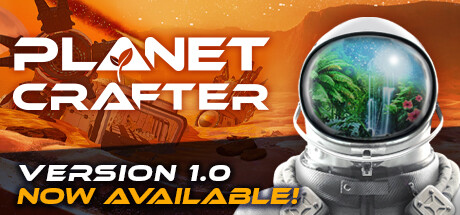I debated writing about Dice Miner. It’s a clever little game, but quite simple, and I figured anyone who wanted to know about it could just ask ChatGPT. But when I tried asking ChatGPT, it got even the basic details wrong, proving that there is in fact still value in writing about games as a human, assuming that you want accurate information to exist in the world.

Anyway, Dice Miner. Dice Miner is a fairly straight forward dice drafting game, with some set collection elements. The game is played over 3 rounds, and each round the players draft a third of all the dice in the game. Players take turns drafting dice off a large cardboard mountain, trying to score the most points. There are two catches. The first is that only dice with two sides exposed can be picked. The second is that you keep dice you pick between rounds, rerolling them into new values that may or may not be more useful.
So let’s talk about the five different types of dice, because between them they provide the meat of the game, and the primary source of my gripes.
Dice Types

First up, Treasure. Each pip on a treasure dice is worth 1 point, with every treasure dice having sides marked with a 3, 2, three 1’s, and beer. More on beer in a bit. The player with the most treasure at the end of each round gets double points from their treasure.
Next up, the Cave. Its sides are numbered 1-5, with a beer on the sixth side. It scores based on collecting runs. For example, a 1 is worth one point, a 1 and 2 is worth 3 points, a 1-2-3 is worth six points, and so on. Runs must start at 1, and be contiguous.
The third set is Hazard and Tool dice. These are linked, so I’m going over the effects together. Hazard dice are worth negative points, and have either Dragons or Cave-Ins on their surfaces, with a higher number of dragons. Also beer. So why would anyone ever take them? Well, sometimes players are forced into taking certain dice. But more often, players will take hazard dice because when combined with Tool Dice, those negative points become positive. Tool Dice have shields, pickaxes, chests, and yes, beer. Shields turn dragons into points, pickaxes turn cave in into points, and chests let you keep dice on certain values between rounds.
The last type of dice is Magic Dice. These let players reroll other dice at the end of a round, but don’t score any points on their own. Also, they don’t allow players reroll Hazard Dice.
Oh, and beer. Almost every die has a beer side. When you draft a die with a beer (or roll one from a past round) on any turn afterwards, you can reroll that die, give it to another player, and pick two dice from the mountain, including dice with only one side exposed.
Overall, it’s a fun little drafting game, but after five or six games, I do have a problem with it. And if you were paying attention, you might have already spotted it from the way I structured my paragraphs.
The Problem
It’s not really worth it to try to heavily invest into more than one strategy. This is less true in two player where you might hate draft, but stays constant at other counts. Treasure wants lots of treasure. Caves needs lots of caves. Hazard and Tool only function together. Magic works as an ancillary to everything, but doesn’t give points on its own. End result: all strategic options favor “forcing one type.” And after you’ve tried all the types, games start to feel samey.
This isn’t as true for the two player version, where individual dice picks open up options for an opponent. But at higher player counts, enough choices get made that it’s hard to control pacing.
I do like Dice Miner, but I wish it had more to it, or at least more relationships between the types of dice. At its current level, it’s simple enough to teach to infrequent board gamers. I just wish it had more meaningful strategic options.


